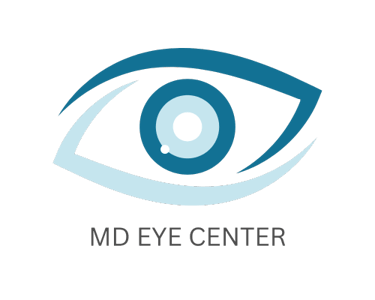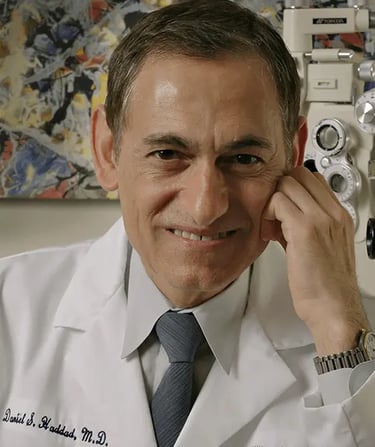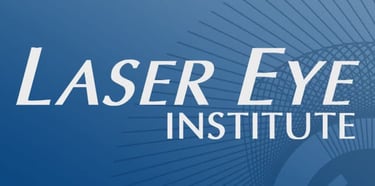
LASIK
At MD Eye Center, we are proud to recommend refractive surgery at the esteemed Laser Eye Institute, led by the exceptional Daniel Haddad, MD. As the #1 SMILE surgeon in the country and a highly skilled refractive specialist, Dr. Haddad has helped countless patients achieve life-changing visual freedom using advanced techniques like LASIK and SMILE.
We trust Dr. Haddad for his expertise, precision, and commitment to delivering outstanding results, and we’re honored to co-manage your care with him. Our co-management approach ensures you’ll receive personalized attention every step of the way—from your initial consultation and pre-surgery evaluation to your follow-up visits—all while enjoying the convenience of working with a trusted local provider.
When you choose LASIK, SMILE, PRK, or ICL with Dr. Haddad, you’re choosing a surgeon with unparalleled experience and a track record of excellence. Contact us today to learn more about these life-changing procedures and how we make the process as smooth and convenient as possible for our patients.
Expert LASIK and SMILE Surgery with Dr. Daniel Haddad at the Laser Eye Institute
If you're tired of relying on glasses or contact lenses to correct your vision, refractive surgery may be the solution you’ve been looking for. There are several advanced procedures available, each with its own benefits and suitability depending on your unique vision needs. At MD Eye Center, we specialize in the co-management of patients who have undergone LASIK, PRK, ICL, and SMILE to achieve clear, sharp vision. In this blog post, we'll break down these four popular refractive surgeries, discuss how they work, and help you determine which might be the right choice for you.
1. LASIK (Laser-Assisted In Situ Keratomileusis):
LASIK is one of the most well-known and widely performed refractive surgeries worldwide. It uses a laser to reshape the cornea, the clear front surface of the eye, to improve vision. LASIK is effective in treating common refractive errors such as myopia (nearsightedness), hyperopia (farsightedness), and astigmatism.
How LASIK Works
During LASIK surgery, your ophthalmologist creates a thin flap on the surface of the cornea. The underlying corneal tissue is then reshaped with a laser to improve how light enters the eye. The flap is repositioned, and healing typically occurs quickly.
Benefits of LASIK:
Fast recovery time: Most patients experience improved vision within a day or two.
Little to no discomfort during the procedure.
Long-lasting results with minimal risk of complications.
High patient satisfaction rates.
LASIK Candidacy
LASIK is suitable for many patients, but it’s not the right choice for everyone. Ideal candidates are those with stable prescriptions, healthy eyes, and adequate corneal thickness. Patients with thin corneas, severe nearsightedness, or certain eye conditions may be better suited for other types of refractive surgery.
2. PRK (Photorefractive Keratectomy):
PRK is another laser eye surgery that reshapes the cornea, but it differs from LASIK in the way the cornea is prepared for treatment. Rather than creating a flap, the outer layer of the cornea (the epithelium) is gently removed before the cornea is reshaped using a laser. This procedure is typically recommended for patients who may not be good candidates for LASIK due to thin corneas or other factors.
How PRK Works
In PRK, the surface layer of the cornea is removed, and then the corneal tissue underneath is reshaped using an excimer laser. After the procedure, a protective contact lens is placed on the eye to promote healing, and the epithelium naturally regenerates over the course of several days.
Benefits of PRK:
No risk of flap complications, making it a good option for patients with thin corneas or certain corneal conditions.
Suitable for patients with higher degrees of nearsightedness, farsightedness, and astigmatism.
Long-lasting results and minimal maintenance.
PRK Candidacy
PRK may be a better option for those with thin corneas or those who have a higher prescription than LASIK can safely correct. While PRK has a longer recovery time compared to LASIK, it’s still highly effective and results in excellent visual outcomes.
3. ICL (Implantable Collamer Lens):
ICL is a non-laser surgical option for refractive correction. It involves implanting a small, biocompatible lens inside the eye, between the iris and the natural lens. ICL is often recommended for patients who are not candidates for LASIK or PRK, especially those with high degrees of myopia, hyperopia, or astigmatism.
How ICL Works
During the procedure, the ICL is inserted through a small incision, and it works in conjunction with the eye’s natural lens to improve vision. Unlike LASIK and PRK, the natural lens of the eye is not altered. The ICL can be removed or replaced if necessary, making it a reversible procedure.
Benefits of ICL:
Suitable for patients with high prescriptions or those with thin corneas.
Can treat a broader range of refractive errors, including higher degrees of nearsightedness.
No need for corneal reshaping, preserving the natural structure of the eye.
Minimal recovery time compared to other procedures.
ICL Candidacy
ICL is ideal for patients with high refractive errors or those who may not be good candidates for laser-based procedures. If you have dry eye issues or thin corneas, ICL may be the best alternative.
4. SMILE (Small Incision Lenticule Extraction):
SMILE is the most recent innovation in refractive surgery and offers an alternative to LASIK. SMILE uses a femtosecond laser to create a small lenticule (a disc-shaped piece of tissue) inside the cornea, which is then removed through a small incision. Like LASIK, SMILE is effective in treating myopia and astigmatism.
How SMILE Works
During the SMILE procedure, a laser creates a thin lenticule inside the cornea, which is then removed through a tiny incision. The procedure doesn’t involve the creation of a corneal flap, which means there is less risk of flap-related complications.
Benefits of SMILE:
Minimal disruption to the cornea, reducing the risk of dry eye syndrome post-surgery.
Faster recovery time compared to LASIK, with fewer follow-up appointments required.
No flap creation, making it a safer option for patients who have an active lifestyle or participate in contact sports.
SMILE Candidacy
SMILE is currently recommended for patients with myopia and astigmatism. While SMILE is not yet approved for treating hyperopia (farsightedness), it’s a great option for people who want a less invasive procedure with quick recovery and minimal discomfort.
Choosing the Right Refractive Surgery for You
Selecting the best refractive surgery for your needs depends on several factors, including your age, prescription, eye health, lifestyle, and personal preferences. At MD Eye Center, we will work with you to determine the most appropriate procedure based on your individual circumstances.
Conclusion
If you're ready to take the next step towards freedom from glasses or contact lenses, LASIK, PRK, ICL, and SMILE offer effective solutions for achieving clear vision. Whether you’re looking for a fast recovery, a non-laser alternative, or a highly customized approach, these refractive surgeries can transform your vision and improve your quality of life.
To learn more about your options for refractive surgery, schedule a consultation with one of our expert doctors today. We’ll help guide you through the decision-making process and find the best solution for your unique needs.
Refractive Surgery Options:
LASIK, PRK, ICL, and SMILE for Clear Vision
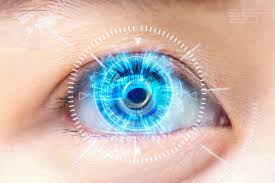

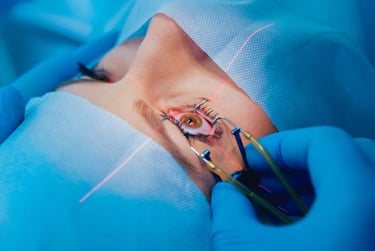

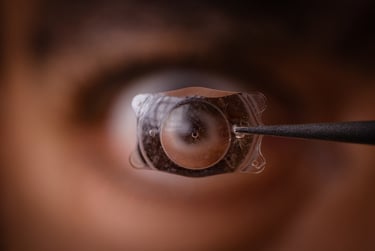

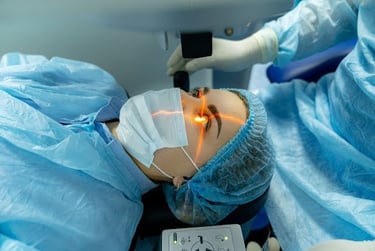

© 2025. All rights reserved.
